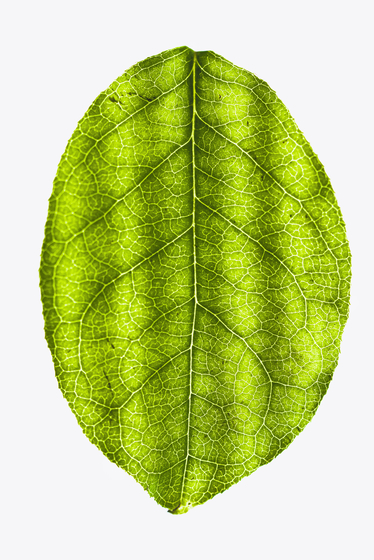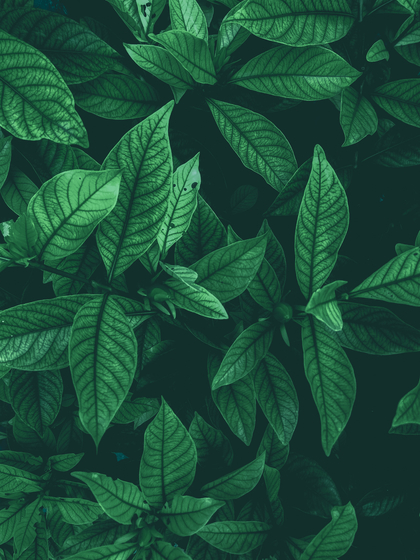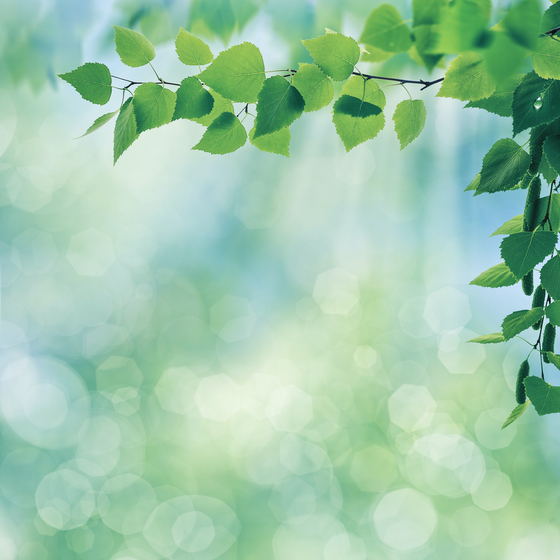Why can't humans eat most of the weeds and leaves that grow on the roadside?

Although the 'leaves' of plants sold as ingredients such as spinach and lettuce can be eaten normally, few people pick up and eat the leaves of grass and trees growing on the roadside. Foreign media
This Is Why You Can't Eat Just Any Leaf --Urbo
https://www.urbo.com/content/this-is-why-you-cant-eat-just-any-leaf/
There are more than 1000 species of plants with edible leaves, of which only about 6 are frequently eaten by humans. Glenn gives several reasons why many plants are eaten, but most are not.
Humans have made tools and produced medicines in the process of evolution. In the same way, plants have undergone unique adaptations in the process of evolution, Glenn said, 'Because plants can not move, scratch or bite, they can be eaten by communication methods and herbivores. I've been looking for ways to prevent it. '
'Plants need to absorb nutrients, attract pollen maters, keep herbivores away, and evolve to withstand drought. What plants can do to do this is to produce chemicals. Is the only way plants can interact with the world, 'says Glenn, who says that plants have evolved to produce a variety of chemicals as a means of survival.

Chemical substances produced by plants can be roughly classified into 'primary compounds' and 'secondary compounds'. Of these, primary compounds are the raw materials for cell walls, chlorophyll, sugars, etc., which are constituents of plants. And in this primary compound, there is a clear and boring answer to 'Why can't we eat the grass that grows on the roadside?' That is 'cellulose'.
Vertebrates cannot digest cellulose. At least it is impossible to digest cellulose alone. Therefore, ruminants such as cows keep bacteria in one stomach and use them to break down the cellulose that they ingest when they eat grass.
In other words, if the leaves contain a large amount of cellulose, humans will not be able to eat it. Urbo cites 'pine tree leaves' as an example of a leaf that is high in cellulose. When a leaf contains an indigestible primary compound such as cellulose, humans cannot eat the leaf.

According to Glen, it is the secondary compounds that turn the leaves into more dangerous ones. Simply put, no secondary compounds are needed for the presence of plants. Still, plants produce secondary compounds to communicate, to repel those who may eat them, or to attract pollinators and seed dispersers.
'Secondary compounds can be poisons, colorants or nectar to attract insects,' Glenn said. These compounds are poisonous when the amount exceeds a certain amount, and have medicinal properties when the amount is less than a certain amount. In any case, it seems that toxic plants tend to warn herbivores that they should not eat because they are toxic by adding a bitter taste.
Regarding the use of secondary compounds in plants like this, Glenn said, 'As a result of our plant survival strategy, we have been motivated to dislike bitter leaves. Some people may like the bitter taste. , Those people would have died after ingesting toxic substances. '
'The only way to know which leaves are poisonous and which ones can be eaten,' said Green Dean, a professional wildflower collector and operator of the wild food online shopping site Eat the Weeds. You have to acquire specialized knowledge. Some leaves can be eaten even if they are bad, and some leaves cannot be eaten even if they are delicious. The size, age, location, interest of animals and birds are all irrelevant. Each species We need to understand each of our values. '
Expertise like Mr. Dean is no longer needed due to the development of folk remedies and food expertise, and as a result, 'only non-poisonous, bland spinach-like edible leaves are preferred. I've done it, 'Urbo wrote.

Dean also pointed out that the widespread use of top-down food cultivation systems through large-scale industrial agriculture in developed countries lacked expertise in leaves that people could eat. 'We need an expert, but the disappearance of that expert is also a big reason why most of the leaves can't be eaten,' Dean said.
In recent years, soaring food prices have become a problem, but in order to solve the fragile food supply, it is one of the means to grow edible plants by yourself, ' Eat Your Greens: The Surprising Power of Homegrown Leaf ' Crops author Dave Kennedy suggests. As a knack for self-cultivation, 'Growing a single plant narrows the range of nutrients that can be ingested, leading to the use of pesticides and chemical fertilizers, so try growing various crops.'
Related Posts:







